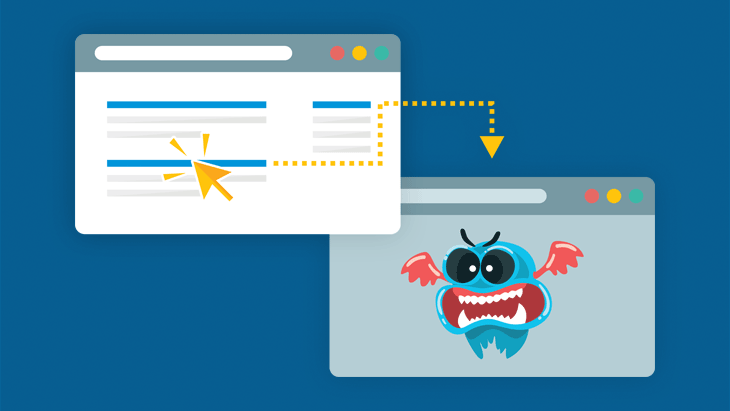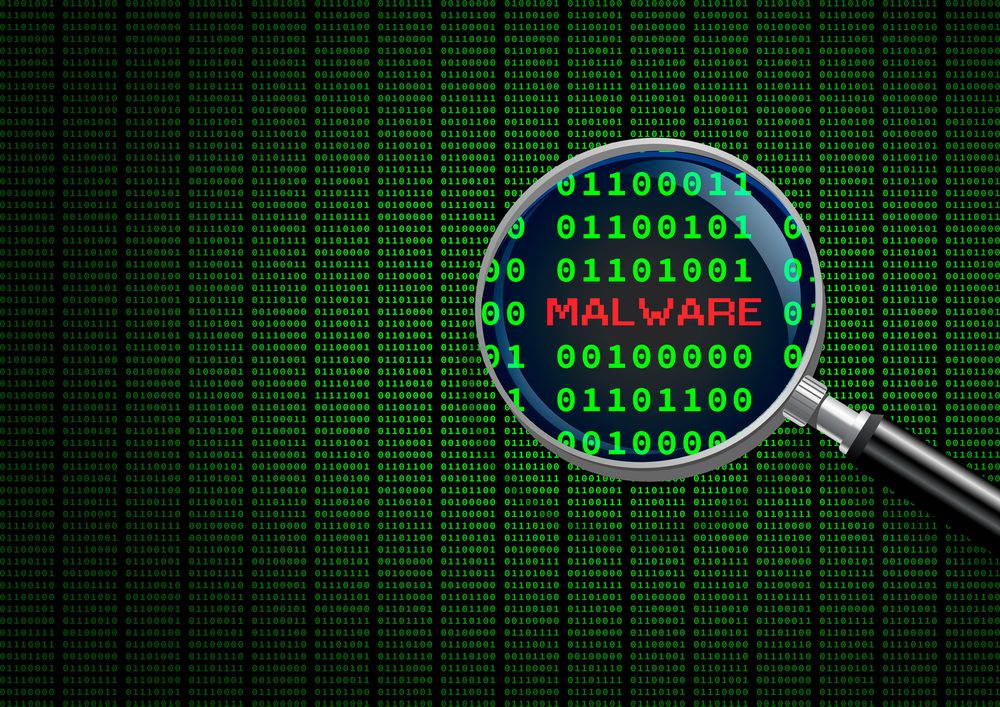Malware is a generic term that describes any software product designed to harm users of digital devices. There are a lot of types and forms of malicious software. Some of them are almost harmless while others are rather annoying. But most malware products carry real threats to users. Meanwhile, many people still underestimate the danger coming from malware. They tend to believe that hackers aim at large corporations and businesses. But what you need to know is that a computer virus is spread out in the same way as a typical flu infection, which means it can affect anyone within its reach. Besides viruses, there are some extremely sophisticated malware forms, which are almost impossible to detect and remove. In our guide, we’ll review the common types of malware products and talk about the risks associated with the infecting. You’ll see how to minimize the risks and why strong malware protection is a must for any PC user.
What Does Malware Do?
Malicious software can harm people in several ways. Some viruses immediately begin acting while others remain in a dormant condition until the infected app is executed. Depending on its type, malware can do the following:
- Destroy, block or eliminate files, documents, applications, programs. As a result, the infected files become unavailable or don’t function properly. That is fraught with the risk of losing important data.
- Affect the entire system, deteriorating its overall performance and reducing the speed. It is frequently associated with numerous bugs, lags, and errors.
- Force you to watch aggressive commercial ads. It appears against your will in the form of pop-up windows right in the browser. The most annoying about it is that you can’t disable or switch it off.
- Steal your data: logins, passwords, number of credit cards and so on. Malware of this type is of a particular danger, as the swindlers get access to your e-mail, social media accounts, and even bank accounts. In this case, you are risking to lose everything.
- Send spam from your accounts. It creates major inconveniences and problems for your friends and business partners.
- Track your activities on the Internet and turn the obtained information against you.
- Lock up your computer and demand ransom for unlocking. Frequently, you have nothing else to do but pay to the hijackers.
These are just some common problems that you can face as a result of malware attacks. New sophisticated forms of malicious software are constantly created, and nobody can tell for sure what new threats they carry. To sum it up, the results of catching malware are unpredictable.
What are the Most Common Forms of Malware?
A computer virus is not the only form of malicious software. There are a lot of types of malware, and many of them are much more dangerous and ingenious than viruses. We’ll briefly review the most common forms, which a regular user can come across at any moment. Viruses are one of the oldest and diverse forms of malicious software. They are usually integrated into the code of executable files. As soon as you launch the infected file, the virus is activated. It quickly spreads around the whole system, affecting other data and making them work incorrectly. Worms are hazardous pieces of malware. They can destroy or eliminate information. Besides, they tend to self-replicate and spread to other devices via the network. Trojans are very ingenious, as their name supposes. They often disguise as something harmless and even useless, so you may not even notice them at first. They do harm by creating a hidden gate in the system for other malware objects to enter. Rootkits profoundly affect the system. To put is simple, they transfer the administrative privilege to their creators, who get full control over your PC. Spyware is a malicious program, which collects information about users. In particular, it tracks your browser history and transfers the obtained data to swindlers. Adware is the type of malware, which shows you undesired advertisement in the browser. Often, when you try to close it, you are redirected to scammer sites.

Keyloggers track your keystrokes. They can remember what keys you are pressing when typing logins or passwords. This information is transferred immediately to the master. Ransomware is one of the most dangerous malware forms. It locks up the entire system or its particular sections. To remove the block, you need to pay a ransom. But even if you pay, it does not necessarily mean that the system will be unlocked. Ransomware is almost impossible to remove; frequently, the only way out is disk formatting. Exploits are looking for vulnerabilities in the system. When they find any, they take advantage of it, penetrating to the system and letting hackers take control over your computer. Cryptojacking is a relatively new type of malware threat. The scammer, the crypto mining software, is installed on your PC against your will. So, the hackers will be able to use your resources to mine cryptocurrency. In other words, they earn money on you. As you see, the list of potential threats is rather impressive, and it tends to expand over time. Some types of malware are virtually unnoticeable. Chances are, you won’t even know about them until it is too late. It is hard to get rid of modern malware. However, it is not impossible.
Can I Remove the Malware?
It’s not a secret that prevention is the best treatment. If you know how to prevent malware and take proper preventive measures, the risk of catching an infection is minimal. Just one reliable anti-malware product can adequately protect you from the vast majority of existing threats. Unfortunately, sometimes your computer gets infected, despite all the precaution measures. If you suspect a malware infection, the first thing you need to do is to install a reliable anti-virus or anti-malware tool. With its help, run a full scanning of the system. Modern antiviruses are capable of detecting 99-100% of threats. After the malware is detected, it can be either quarantined or removed. Sometimes, common antiviruses fail to remove malware from a PC. In this case, you may need a dedicated malware removal tool. Some of them are available for free: you need to install one directly on the hard drive of the infected PC or save to a USB-drive (if the infected PC doesn’t function properly.) Then launch the app and follow the instruction. To start it from the USB you may need to restart the computer. Keep in mind that some types of malware are exceptionally stubborn, and you may need to try several removal tools before you succeed. The last but not the least is to protect yourself from the future malware attacks.
A standard set of preventive measures includes the following steps:
- Use only reliable antivirus and anti-malware tools from reputable providers.
- Keep your antivirus software updated. Don’t be lazy to check for the latest updates regularly or allow automatic updating.
- Rely on common sense every time you receive e-mails or messages from unknown users. Don’t open e-mail attachments if you don’t know for sure what they contain.
- Use anti-spam filters to sort out the suspicious letters automatically.
The Bottom Line
Malware is a broad term used to describe numerous types of cyber threats. The main forms of malware include viruses, worms, Trojans, rootkits, spyware, ransomware, adware, and others. Many of them are hard to detect and very difficult to remove. Using anti-malware tools is the only reliable way to prevent infecting.
